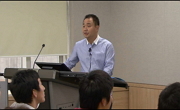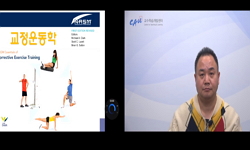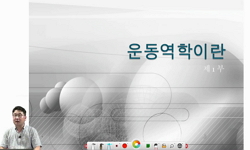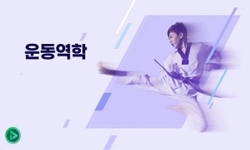Background: The coracoacromial ligament (CAL) is frequently observed to be damaged during arthroscopy and it is unclear how demographic, anatomic, and radiographic factors are related to CAL degeneration in full-thickness rotator cuff tears. Methods: ...
http://chineseinput.net/에서 pinyin(병음)방식으로 중국어를 변환할 수 있습니다.
변환된 중국어를 복사하여 사용하시면 됩니다.
- 中文 을 입력하시려면 zhongwen을 입력하시고 space를누르시면됩니다.
- 北京 을 입력하시려면 beijing을 입력하시고 space를 누르시면 됩니다.
https://www.riss.kr/link?id=A108969516
-
저자
Ryan Lopez (Rothman Orthopaedic Institute at Thomas Jefferson University, Philadelphia, PA, USA) ; Jaspal Singh (Division of Shoulder and Elbow Surgery, Rothman Orthopedic Institute, Philadelphia, PA, USA) ; Mohammad Ghoraishian (Rothman Orthopaedic Institute at Thomas Jefferson University, Philadelphia, PA, USA) ; Thema Nicholson (Rothman Orthopaedic Institute at Thomas Jefferson University, Philadelphia, PA, USA) ; Stephen Gates (Rothman Orthopaedic Institute at Thomas Jefferson University, Philadelphia, PA, USA) ; Surena Namdari (Department of Orthopaedic Surgery, Rothman Institute, Thomas Jefferson University, Philadelphia, PA,)
- 발행기관
- 학술지명
- 권호사항
-
발행연도
2024
-
작성언어
English
- 주제어
-
등재정보
KCI등재
-
자료형태
학술저널
- 발행기관 URL
-
수록면
26-31(6쪽)
- DOI식별코드
- 제공처
-
0
상세조회 -
0
다운로드
부가정보
다국어 초록 (Multilingual Abstract)
Background: The coracoacromial ligament (CAL) is frequently observed to be damaged during arthroscopy and it is unclear how demographic, anatomic, and radiographic factors are related to CAL degeneration in full-thickness rotator cuff tears. Methods: A prospective study was conducted of patients at a single institution undergoing shoulder arthroscopy for first-time, full-thickness rotator cuff tears. We evaluated preoperative anteroposterior radiographs to obtain critical shoulder angle, glenoid inclination, acromial index, acromiohumeral distance, lateral acromial angle, and acromial morphology. We documented CAL quality, rotator cuff tear size and pattern during arthroscopy. Multiple logistic regression was used to identify predictive factors for encountering severe CAL fraying during arthroscopy. Results: Shoulders had mild CAL degeneration in 58.1% of cases, whereas severe CAL degeneration was present in 41.9% of shoulders. Patients with severe CAL attrition were significantly older (62.0 years vs. 58.0 years, P=0.042). Shoulders with severe CAL attrition had large rotator cuff tears in 54.1% of cases (P<0.001), and tears involving the infraspinatus (63.2% vs. 29.6%, P=0.003). The severe degeneration group was more likely to have a larger critical shoulder angle measurement on preoperative radiographs than those in the mild attrition group (36.1°±3.6° [range, 30°–45°] vs. 34.1°±3.8° [range, 26°–45°], P=0.037). Conclusions: While the clinical impact of CAL degeneration remains uncertain, increased severity of CAL degeneration is associated with older age, larger rotator cuff tear size, presence of infraspinatus tearing, and increased preoperative critical shoulder angle. Level of evidence: III.
동일학술지(권/호) 다른 논문
-
Discovery Elbow System arthroplasty polyethylene bearing exchange: outcomes and experience
- 대한견주관절학회
- Daniel L J Morris
- 2024
- KCI등재
-
- 대한견주관절학회
- Reinier W. A. Spek
- 2024
- KCI등재
-
- 대한견주관절학회
- Takahiro Machida
- 2024
- KCI등재
-
- 대한견주관절학회
- Mohamad Y. Fares
- 2024
- KCI등재





 DBpia
DBpia






